Modern India Can Learn a Lot from These 20 Traditional Water Conservation Systems
Combining these ecologically safe traditional systems with modern rainwater-saving techniques could be the answer to India's perennial water woes.
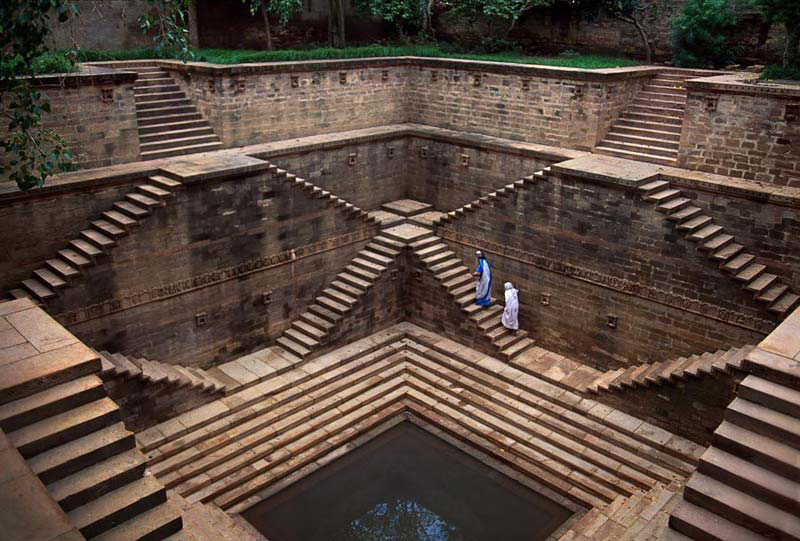
We all know water is essential, but too many of us think it’s unlimited. In reality, fresh water is a finite resource that is rapidly becoming scarce. In India, a warming climate is drying up lakes and rivers, while rapid urbanisation and water pollution are putting enormous pressure on the quantity and quality of surface and ground water. The country’s fragile agricultural system still depends primarily on rainfall and a bad monsoon season can wreck havoc on the national economy.
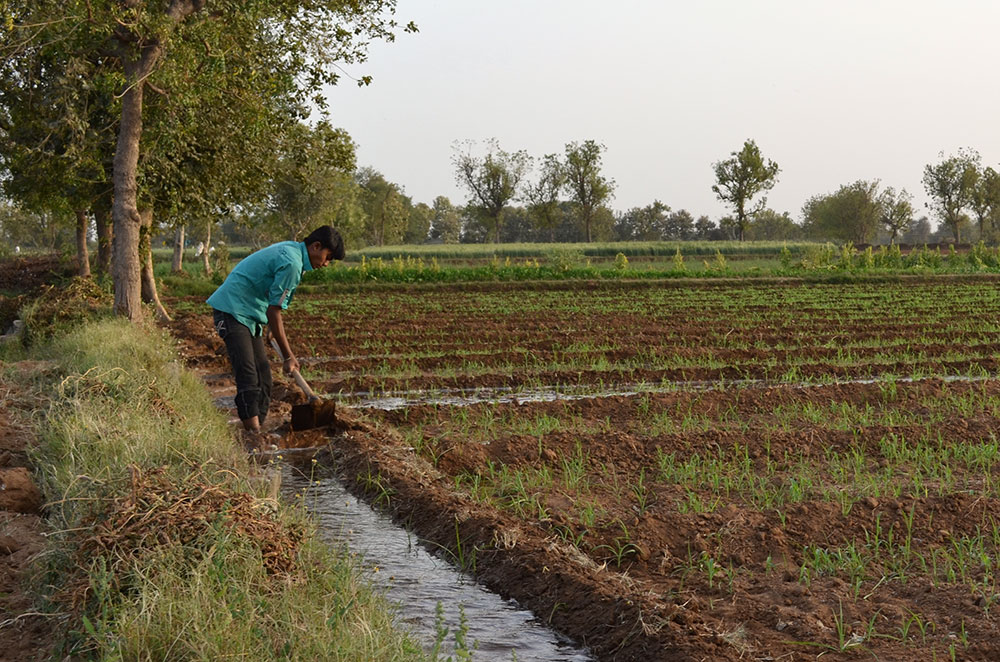
Photo Source
Water conservation is a key element of any strategy that aims to alleviate the water scarcity crisis in India. With rainfall patterns changing almost every year, the Indian government has started looking at means to revive the traditional systems of water harvesting in the country. Given that these methods are simple and eco-friendly for the most part, they are not just highly effective for the people who rely on them but they are also good for the environment.

Photo Source
History tells us that both floods and droughts were regular occurrence in ancient India. Perhaps this is why every region in the country has its own traditional water harvesting techniques that reflect the geographical peculiarities and cultural uniqueness of the regions. The basic concept underlying all these techniques is that rain should be harvested whenever and wherever it falls.
Archaeological evidence shows that the practice of water conservation is deep rooted in the science of ancient India. Excavations show that the cities of the Indus Valley Civilisation had excellent systems of water harvesting and drainage. The settlement of Dholavira, laid out on a slope between two storm water channels, is a great example of water engineering. Chanakya’s Arthashashtra mentions irrigation using water harvesting systems. Sringaverapura, near Allahabad, had a sophisticated water harvesting system that used the natural slope of the land to store the floodwaters of the river Ganga. Chola King Karikala built the Grand Anicut or Kallanai across the river Cauvery to divert water for irrigation (it is still functional) while King Bhoja of Bhopal built the largest artificial lake in India.
Drawing upon centuries of experience, Indians continued to build structures to catch, hold and store monsoon rainwater for the dry seasons to come. These traditional techniques, though less popular today, are still in use and efficient. Here is a brief account of the unique water conservation systems prevalent in India and the communities who have practised them for decades before the debate on climate change even existed.
1. Jhalara

Photo Source
Jhalaras are typically rectangular-shaped stepwells that have tiered steps on three or four sides. These stepwells collect the subterranean seepage of an upstream reservoir or a lake. Jhalaras were built to ensure easy and regular supply of water for religious rites, royal ceremonies and community use. The city of Jodhpur has eight jhalaras, the oldest being the Mahamandir Jhalara that dates back to 1660 AD.
2. Talab /Bandhi

Photo Source
Talabs are reservoirs that store water for household consumption and drinking purposes. They may be natural, such as the pokhariyan ponds at Tikamgarh in the Bundelkhand region or man made, such as the lakes of Udaipur. A reservoir with an area less than five bighas is called a talai, a medium sized lake is called a bandhi and bigger lakes are called sagar or samand.
3. Bawari
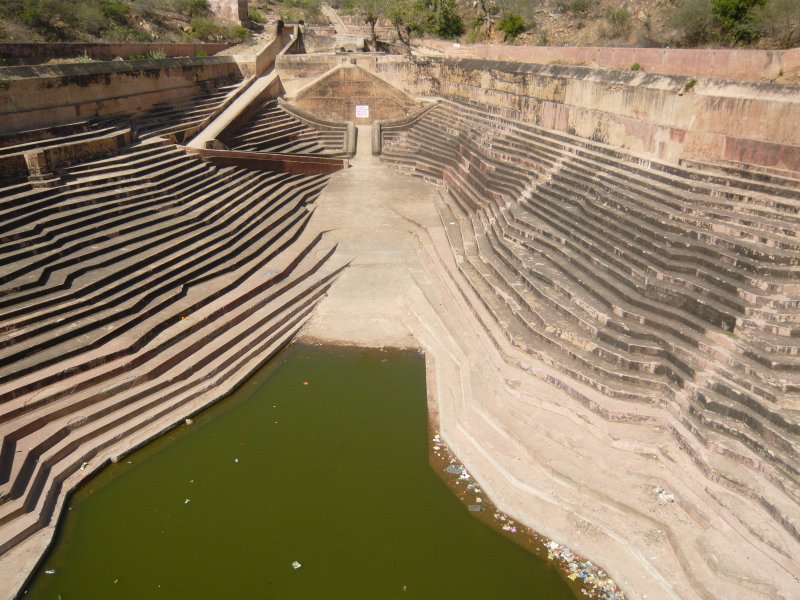
Photo Source
Bawaris are unique stepwells that were once a part of the ancient networks of water storage in the cities of Rajasthan. The little rain that the region received would be diverted to man-made tanks through canals built on the hilly outskirts of cities. The water would then percolate into the ground, raising the water table and recharging a deep and intricate network of aquifers. To minimise water loss through evaporation, a series of layered steps were built around the reservoirs to narrow and deepen the wells.
You May Also Like: Experience Medieval Bathing Rituals at This Ancient Hammam, Bhopal’s 300-Year-Old Turkish Bath
4. Taanka
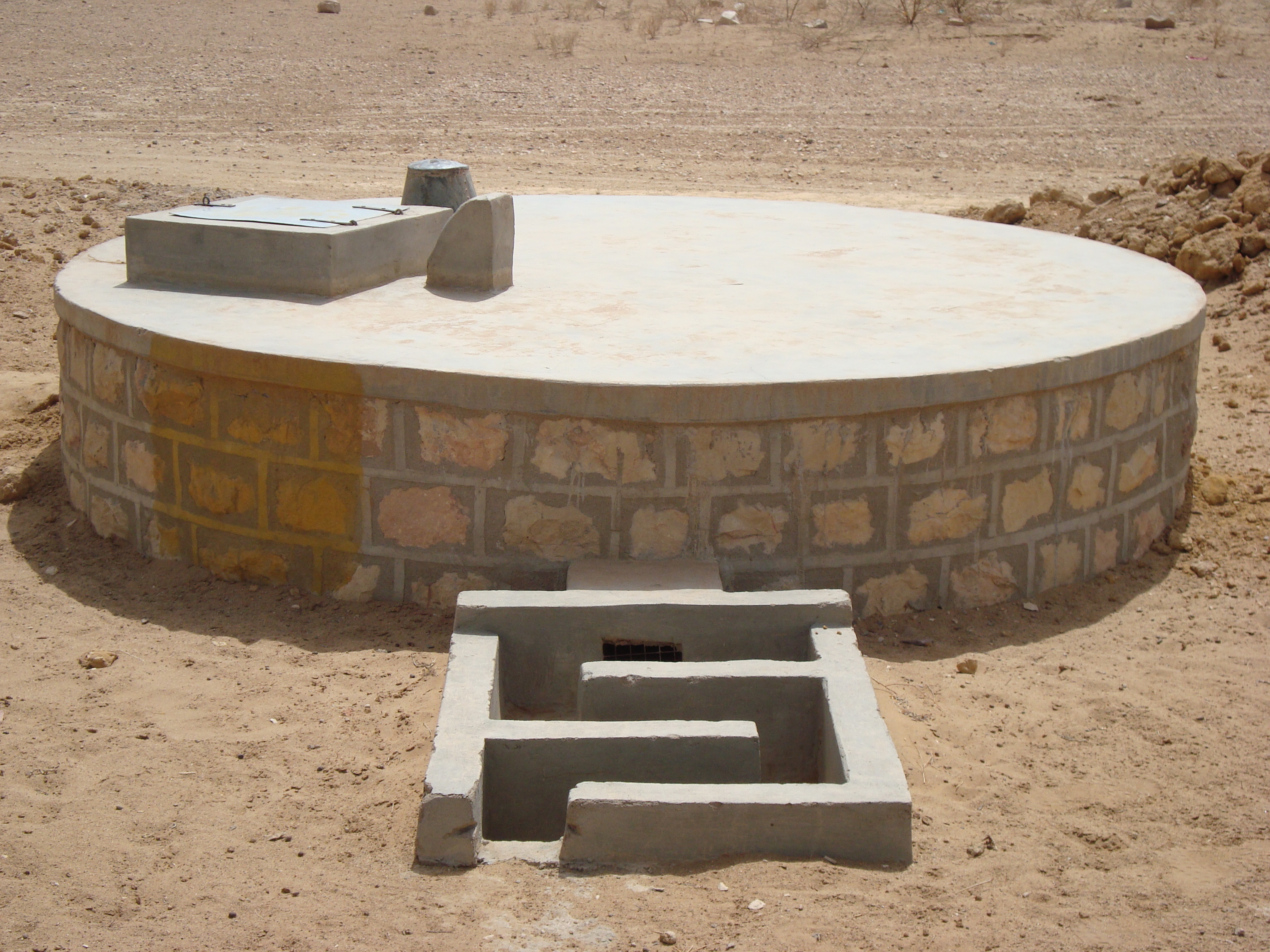
Photo Source
Taanka is a traditional rainwater harvesting technique indigenous to the Thar desert region of Rajasthan. A Taanka is a cylindrical paved underground pit into which rainwater from rooftops, courtyards or artificially prepared catchments flows. Once completely filled, the water stored in a taanka can last throughout the dry season and is sufficient for a family of 5-6 members. An important element of water security in these arid regions, taankas can save families from the everyday drudgery of fetching water from distant sources.
5. Ahar Pynes

Photo Source
Ahar Pynes are traditional floodwater harvesting systems indigenous to South Bihar. Ahars are reservoirs with embankments on three sides that are built at the end of diversion channels like pynes. Pynes are artificial rivulets led off from rivers to collect water in the ahars for irrigation in the dry months. Paddy cultivation in this relatively low rainfall area depends mostly on ahar pynes.
6. Johads
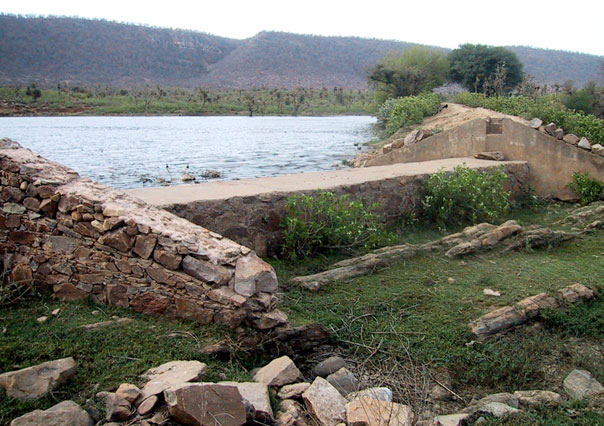
Photo Source
Johads, one of the oldest systems used to conserve and recharge ground water, are small earthen check dams that capture and store rainwater. Constructed in an area with naturally high elevation on three sides, a storage pit is made by excavating the area, and excavated soil is used to create a wall on the fourth side. Sometimes, several johads are interconnected through deep channels, with a single outlet opening into a river or stream nearby. This prevents structural damage to the water pits that are also called madakas in Karnataka and pemghara in Odisha.
7. Panam Keni
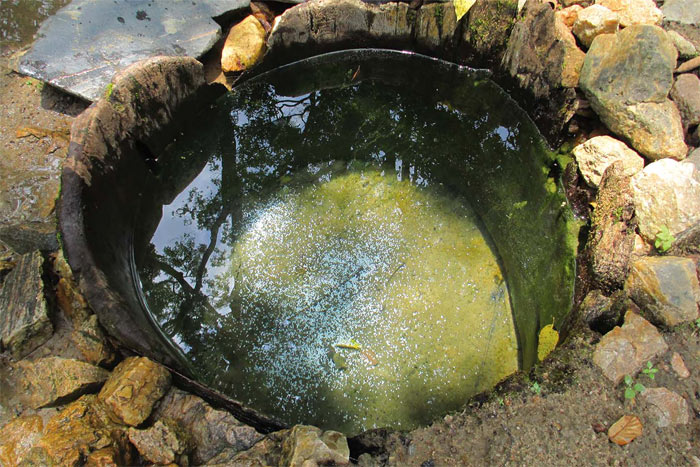
Photo Source
The Kuruma tribe (a native tribe of Wayanad) uses a special type of well, called the panam keni, to store water. Wooden cylinders are made by soaking the stems of toddy palms in water for a long time so that the core rots away until only the hard outer layer remains. These cylinders, four feet in diameter as well as depth, are then immersed in groundwater springs located in fields and forests. This is the secret behind how these wells have abundant water even in the hottest summer months.
8. Khadin

Photo Source
Khadins are ingenious constructions designed to harvest surface runoff water for agriculture. The main feature of a khadin, also called dhora, is a long earthen embankment that is built across the hill slopes of gravelly uplands. Sluices and spillways allow the excess water to drain off and the water-saturated land is then used for crop production. First designed by the Paliwal Brahmins of Jaisalmer in the 15th century, this system is very similar to the irrigation methods of the people of ancient Ur (present Iraq).
9. Kund
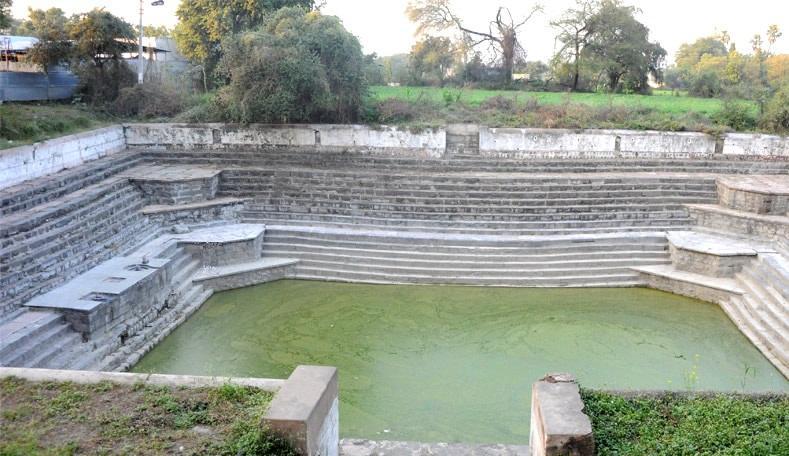
Photo Source
A kund is a saucer-shaped catchment area that gently slope towards the central circular underground well. Its main purpose is to harvest rainwater for drinking. Kunds dot the sandier tracts of western Rajasthan and Gujarat. Traditionally, these well-pits were covered in disinfectant lime and ash, though many modern kunds have been constructed simply with cement. Raja Sur Singh is said to have built the earliest known kunds in the village of Vadi Ka Melan in the year 1607 AD.
10. Baoli
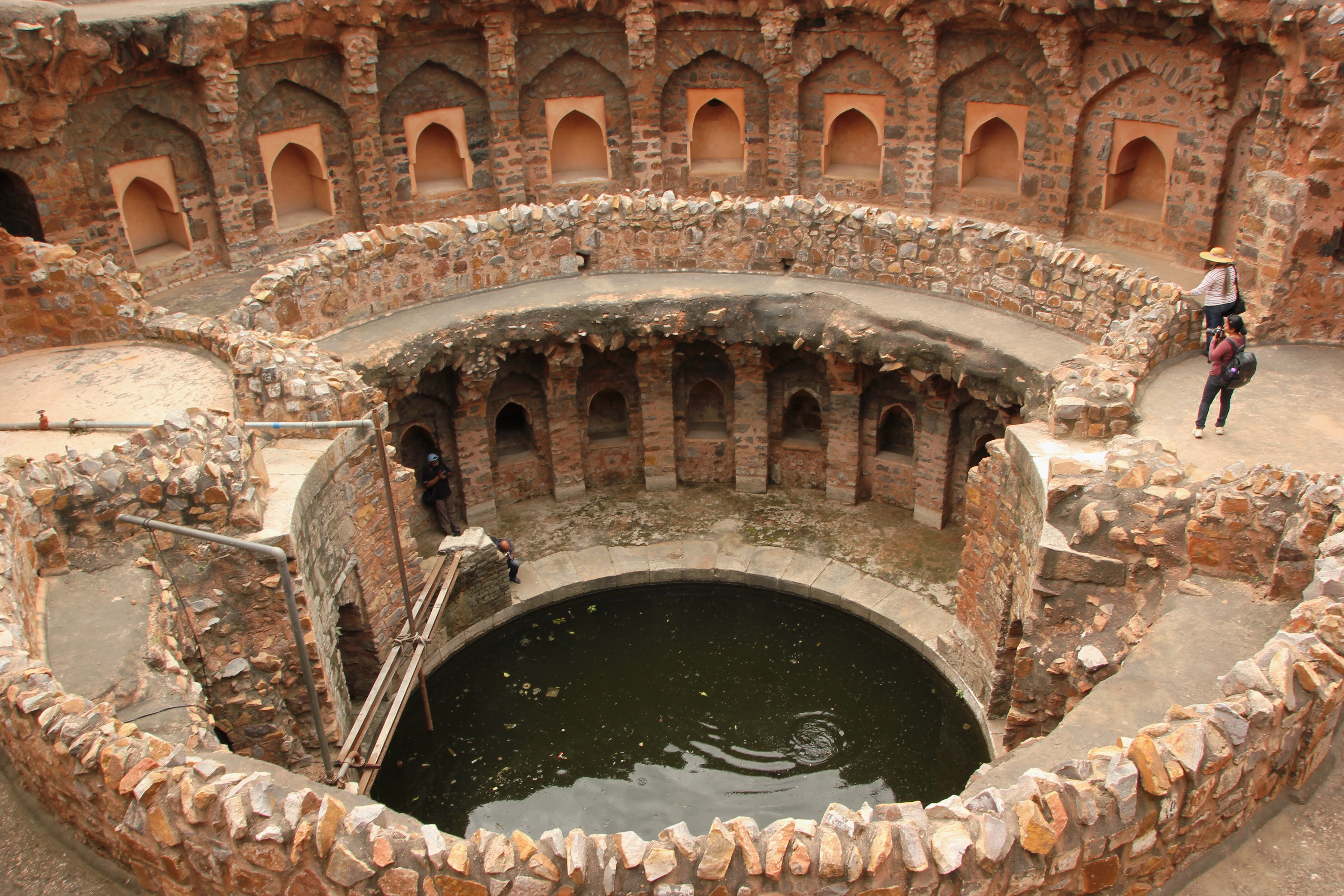
Photo Source
Built by the nobility for civic, strategic or philanthropic reasons, baolis were secular structures from which everyone could draw water. These beautiful stepwells typically have beautiful arches, carved motifs and sometimes, rooms on their sides. The locations of baolis often suggest the way in which they were used. Baolis within villages were mainly used for utilitarian purposes and social gatherings. Baolis on trade routes were often frequented as resting places. Stepwells used exclusively for agriculture had drainage systems that channelled water into the fields.
11. Nadi

Photo Source
Found near Jodhpur in Rajasthan, nadis are village ponds that store rainwater collected from adjoining natural catchment areas. The location of a nadi has a strong bearing on its storage capacity and hence the site of a nadi is chosen after careful deliberation of its catchment and runoff characteristics. Since nadis received their water supply from erratic, torrential rainfall, large amounts of sandy sediments were regularly deposited in them, resulting in quick siltation. A local voluntary organisation, the Mewar Krishak Vikas Samiti (MKVS) has been adding systems like spillways and silt traps to old nadis and promoting afforestation of their drainage basin to prevent siltation.
12. Bhandara Phad

Photo Source
Phad, a community-managed irrigation system, probably came into existence a few centuries ago. The system starts with a bhandhara (check dam) built across a river, from which kalvas (canals) branch out to carry water into the fields in the phad (agricultural block). Sandams (escapes outlets) ensure that the excess water is removed from the canals by charis (distributaries) and sarangs (field channels). The Phad system is operated on three rivers in the Tapi basin – Panjhra, Mosam and Aram – in the Dhule and Nasik districts of Maharashtra.
13. Zing

Photo Source
Zings, found in Ladakh, are small tanks that collect melting glacier water. A network of guiding channels brings water from the glacier to the tank. A trickle in the morning, the melting waters of the glacier turn into a flowing stream by the afternoon. The water, collected by evening, is used in the fields on the following day. A water official called a Chirpun is responsible for the equitable distribution of water in this dry region that relies on melting glacial water to meet its farming needs.
14. Kuhls
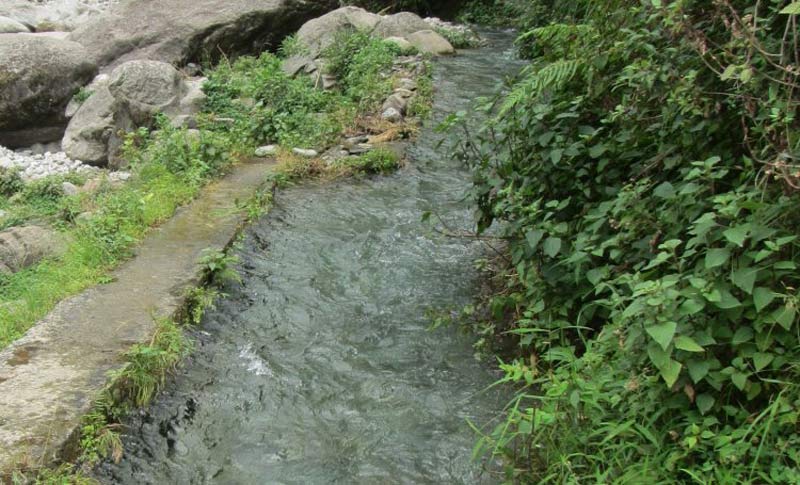
Photo Source
Kuhls are surface water channels found in the mountainous regions of Himachal Pradesh. The channels carry glacial waters from rivers and streams into the fields. The Kangra Valley system has an estimated 715 major kuhls and 2,500 minor kuhls that irrigate more than 30,000 hectares in the valley. An important cultural tradition, the kuhls were built either through public donations or by royal rulers. A kohli would be designated as the master of the kuhl and he would be responsible for the maintenance of the kuhl.
You May Also Like: India’s Water Warrior Has a Solution for India’s Droughts. The Best Part – We Can Play a Role Too!
15. Zabo
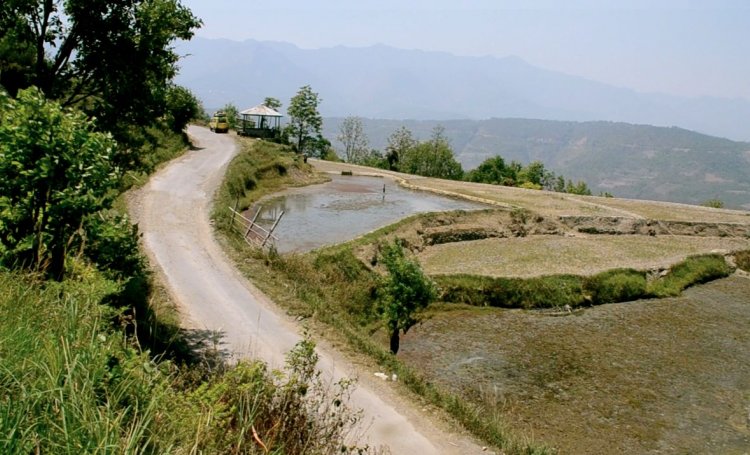
Photo Source
The Zabo (meaning ‘impounding run-off’) system combines water conservation with forestry, agriculture and animal care. Practised in Nagaland, Zabo is also known as the Ruza system. Rainwater that falls on forested hilltops is collected by channels that deposit the run-off water in pond-like structures created on the terraced hillsides. The channels also pass through cattle yards, collecting the dung and urine of animals, before ultimately meandering into paddy fields at the foot of the hill. Ponds created in the paddy field are then used to rear fish and foster the growth of medicinal plants.
16. Bamboo Drip Irrigation

Photo Source
Bamboo Drip irrigation System is an ingenious system of efficient water management that has been practised for over two centuries in northeast India. The tribal farmers of the region have developed a system for irrigation in which water from perennial springs is diverted to the terrace fields using varying sizes and shapes of bamboo pipes. Best suited for crops requiring less water, the system ensures that small drops of water are delivered directly to the roots of the plants. This ancient system is used by the farmers of Khasi and Jaintia hills to drip-irrigate their black pepper cultivation.
17. Jackwells

Photo Source
The Shompen tribe of the Great Nicobar Islands lives in a region of rugged topography that they make full use of to harvest water. In this system, the low-lying region of the island is covered with jackwells (pits encircled by bunds made from logs of hard wood). A full-length bamboo is cut longitudinally and placed on a gentle slope with the lower end leading the water into the jackwell. Often, these split bamboos are placed under trees to collect the runoff water from leaves. Big jackwells are interconnected with more bamboos so that the overflow from one jackwell leads to the other, ultimately leading to the biggest jackwell.
18. Ramtek Model
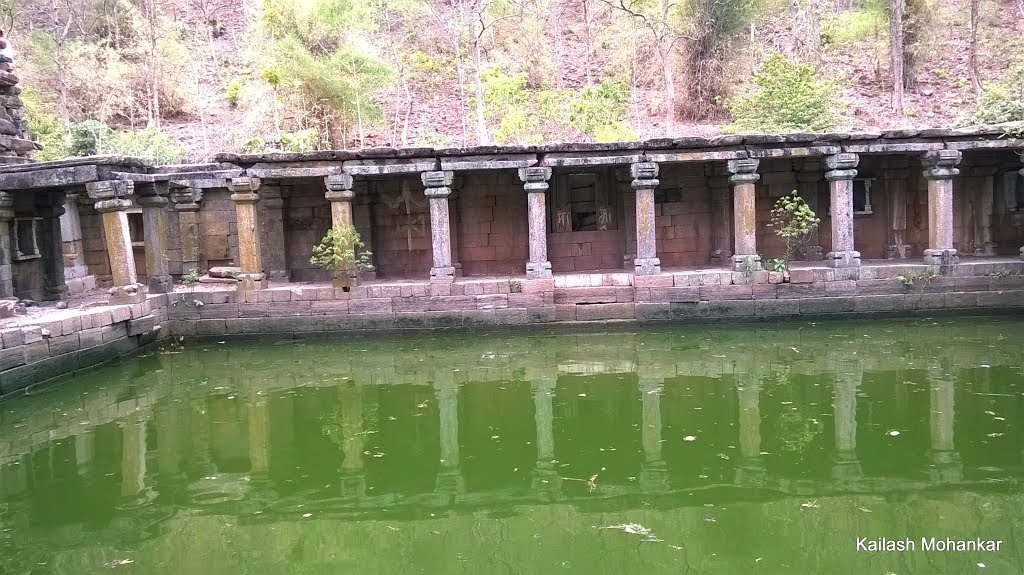
Photo Source
The Ramtek model has been named after the water harvesting structures in the town of Ramtek in Maharashtra. An intricate network of groundwater and surface water bodies, this system was constructed and maintained mostly by the malguzars (landowners) of the region. In this system, tanks connected by underground and surface canals form a chain that extends from the foothills to the plains. Once tanks located in the hills are filled to capacity, the water flows down to fill successive tanks, generally ending in a small waterhole. This system conserves about 60 to 70 % of the total runoff in the region!
19. Pat System
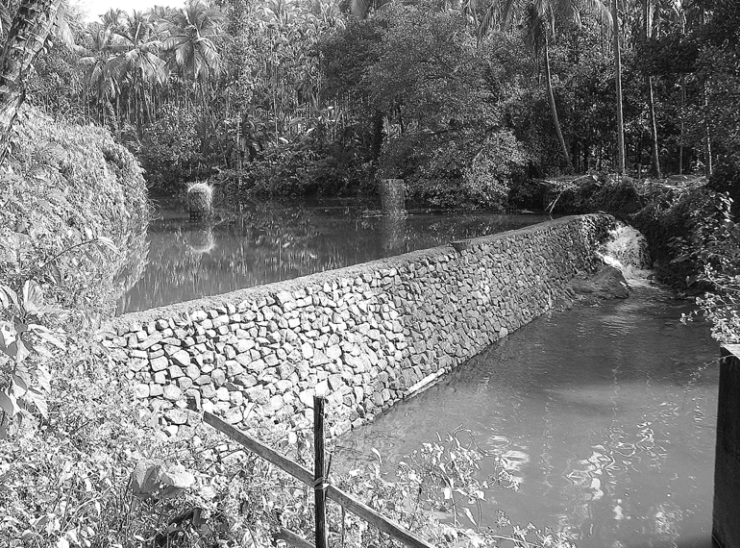
Photo Source
The Pat system, in which the peculiarities of the terrain are used to divert water from hill streams into irrigation channels, was developed in the Bhitada village in Jhabua district of Madhya Pradesh. Diversion bunds are made across a stream near the village by piling up stones and then lining them with teak leaves and mud to make them leak-proof. The Pat channel then passes through deep ditches and stone aqueducts that are skilfully cut info stone cliffs to create an irrigation system that the villagers use in turn.
20. Eri
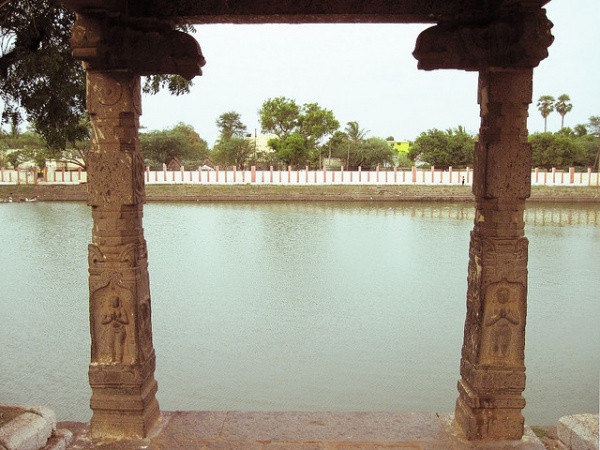
Photo Source
The Eri (tank) system of Tamil Nadu is one of the oldest water management systems in India. Still widely used in the state, eris act as flood-control systems, prevent soil erosion and wastage of runoff during periods of heavy rainfall, and also recharge the groundwater. Eris can either be a system eri, which is fed by channels that divert river water, or a non-system eri, that is fed solely by rain. The tanks are interconnected in order to enable access to the farthest village and to balance the water level in case of excess supply. The eri system enables the complete use of river water for irrigation and without them, paddy cultivation would have been impossible in Tamil Nadu.
There are several other hyperlocal versions of the traditional method of tank irrigation in India. From keres in Central Karnataka and cheruvus in Andhra Pradesh to dongs in Assam, tanks are among the most common traditional irrigation systems in our country.
These ecologically safe traditional systems are viable and cost-effective alternatives to rejuvenate India’s depleted water resources. Productively combining these structures with modern rainwater-saving techniques, such as percolation tanks, injection wells and subsurface barriers, could be the answer to India’s perennial water woes.
Also Read: 7 Ways Indian Villages Adopted Water Management to Combat Drought
Like this story? Have something to share? Email: [email protected], or join us on Facebook and Twitter (@thebetterindia). To get positive news on WhatsApp, just send ‘Start’ to 090 2900 3600 via WhatsApp.

Similar Story

How Bayer Is Delivering Medical Care at the Doorsteps of Rural India
Bayer Foundation India (BFI) has set up 28 ‘Phygital’ telemedicine centres in villages of 8 states to provide easy access to quality medical care. It is also conducting health camps for early diagnosis of breast cancer, hypertension and diabetes.
Read more >
If you found our stories insightful, informative, or even just enjoyable, we invite you to consider making a voluntary payment to support the work we do at The Better India. Your contribution helps us continue producing quality content that educates, inspires, and drives positive change.
Choose one of the payment options below for your contribution-
By paying for the stories you value, you directly contribute to sustaining our efforts focused on making a difference in the world. Together, let's ensure that impactful stories continue to be told and shared, enriching lives and communities alike.
Thank you for your support. Here are some frequently asked questions you might find helpful to know why you are contributing?


This story made me
-
97
-
121
-
89
-
167












